
Rear I/O
The Blood Rage rear I/O features:- PS2 keyboard
- eight USB 2.0
- One 6-pin Firewire port
- RCA digital S/PDIF out
- Two RJ45 Gigabit Ethernet sockets
- Two 3Gbps eSATA ports
- Backlit Clear CMOS button
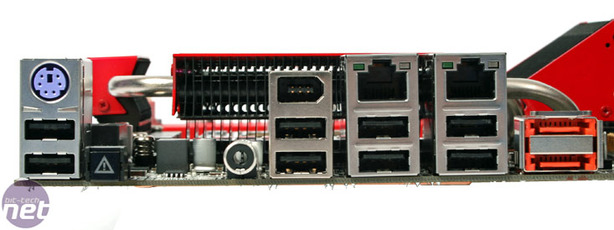
BIOS
The Blood Rage BIOS is as comprehensive as expected - the Quantum BIOS section holds all the key bits we like to use. Set into several subdirectories the Foxconn BIOS takes some getting used to - most notably, all the "System Turbo" option allows custom performance settings, although this isn't obvious at first. We tried to adjust the memory timings straight out because the subdirectories sit above this, and were frustrated to find nothing apparently worked. In addition, Core i7 Turbo Mode is separated as "CPU Turbo" from the rest of the Core i7 CPU Features directory too.
We certainly like the purple translation alongside the actual frequency values, both of which update in realtime when the multiplier and frequencies are changed. The 100ps clock skew options for the CPU and IOH are nestled in the bottom, the the CPU BClock has been (wrongly) tagged "(FSB)" so it is affords an easily relation to new users.
The voltage settings are certainly considerable and will dwarf plenty of other X58 boards - which is not unexpected considering the oodles of power hardware shoehorned into place. Generally the voltage increments are fine enough to be very workable, and the voltages going red when dangerous is a good guide, but with no type-in option it's annoying to scroll through all the values.
Foxconn includes Vdroop compensation but weirdly assigns VTT to Uncore, rather than to QPI voltage (which it is on the motherboard hardware) and while the CPU target voltage increases in real time with the +volts - this works very well indeed - the VTT/Uncore doesn't feature the same function.
On the memory side, Foxconn has included per-channel data and address multiplier and voltage adjustments, as well as a few unique "generalised" memory options like bank interleving but not so many specific memory timing changes as other boards - not that an excessive amount are really needed.
The OC Gear sub-directory houses the BIOS profile saving utility which works really quite well and the settings can change the onboard LED control in addition to telling the end user which BIOS ROM (out of two) the board is currently booting from. Unfortunately it doesn't offer an in-BIOS BIOS flash utility, which is a pain in the backside because it means either a bootable USB stick or installing Windows and using the GUI utility instead - the latter does have a live-update function though, which is a bonus.
Outside the Quantum BIOS area, the fan control is actually quite good for a change. While not as extensive as the late-great Abit uGuru or Shuttle XPC control, Foxconn does offer a set of "Smart Fan" functions which basically use "duty cycle" percentage or full speed options.
All in all, while Foxconn has quite an extensive beta programme where things can change, the P04 BIOS we are using here is generally quite intuitive. However, it does have a slight learning curve if you want to understand some of the methods to Foxconn's madness. If you're new to Core i7 it will be a little intimidating, but certainly not as bad as other extreme overclocking boards/brands.

MSI MPG Velox 100R Chassis Review
October 14 2021 | 15:04

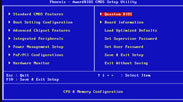
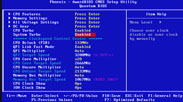
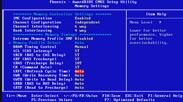
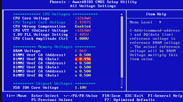


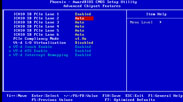
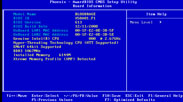







Want to comment? Please log in.